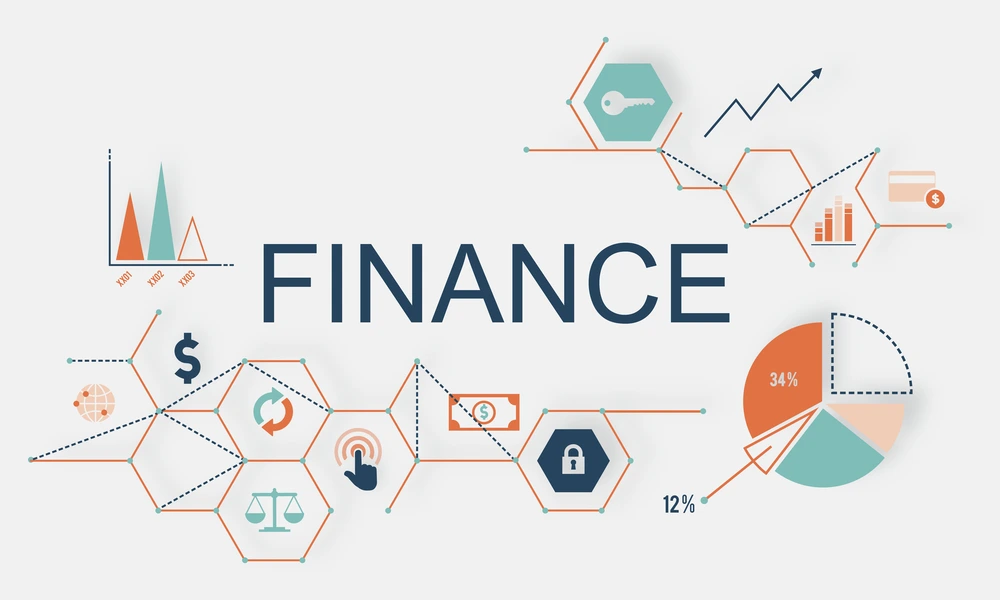
Key Takeaways
- Learning the basics of personal finance management is crucial for financial health.
- Strategic use of loans can be beneficial but requires careful planning.
- Building a savings buffer should be a priority for financial stability.
- Using digital tools can make managing finances easier and more efficient.
Understanding Personal Finance Management
Effectively managing your personal finances is a transformative journey toward financial health and stability. It all begins with a comprehensive understanding of your income, expenses, and any outstanding liabilities, such as loans. Accurate assessment and documentation of these elements lay the groundwork for a balanced budget. Services such as MaxLend can play a crucial role in ensuring your loan choices complement your financial goals, offering solutions tailored to various financial situations. Crafting a balanced budget involves astute tracking of spending patterns and identifying areas ripe for savings. By doing so, you lay the foundation for a strategic financial plan that considers both immediate necessities and long-term aspirations.
Strategic Use of Loans
Loans, when employed with strategic forethought, can provide significant financial agility. They can be a critical means of funding pivotal life achievements such as higher education, homeownership, or unexpectedly high medical expenses that demand immediate attention. However, loans also come with their own sets of prerequisites and responsibilities. Among the key considerations is evaluating the interest rates and the terms associated with the loan. This requires a detailed assessment to ensure the loan aligns with your repayment capabilities and doesn’t compromise your overall financial health. Properly assessing these factors allows you to maximize the benefits of loans while minimizing potential financial pitfalls.
Building a Savings Buffer
Establishing a solid savings buffer is an inescapable pillar of securing one’s financial future. Having a reserve of savings offers a protective cushion against unforeseen events such as job loss, health crises, or emergency repairs. Generally speaking, financial advisors advise keeping three to six months’ worth of living costs in a readily accessible account to guarantee liquidity in difficult times. This approach supports your immediate needs in emergencies and enhances your overall financial resilience. Even small, consistent contributions can accumulate significantly over time, highlighting the need for dedication and perseverance in saving strategies.
Utilizing Digital Tools for Finance Management
In the current digital age, managing personal finances has been made significantly simpler through many apps and tools designed to streamline financial planning. These technological solutions are capable of assisting individuals with meticulous budgeting, prudent expense tracking, and insightful spending analytics. By leveraging such technology, managing personal finances becomes less cumbersome, allowing for more informed decision-making processes. The convenience offered by these digital tools enables users to quickly adapt and modify their financial habits, ensuring they remain on track toward achieving their financial objectives.
Loans vs. Savings: Finding the Right Balance
Striking the optimal balance between utilizing loans and building savings is fundamental to maintaining robust financial health. Loans can provide immediate financial solutions or opportunities that require significant funding, particularly when income alone is insufficient to meet large financial demands. Conversely, a well-nurtured savings account offers long-term security and peace of mind, enabling individuals to handle emergencies without resorting to debt. Recognizing and appreciating the distinct roles that both loans and savings play can guide individuals in making informed decisions, ultimately fostering a prudent and proactive approach to financial management.
Importance of Financial Literacy
Financial literacy is a cornerstone of sound financial decision-making, equipping individuals with the necessary tools to navigate complex monetary landscapes with confidence. Being informed and educated about personal finance strengthens one’s ability to set and achieve financial goals, manage debts effectively, and optimize savings. Organizations such as the Consumer Financial Protection Bureau offer a wealth of resources designed to enhance financial literacy, yield better financial outcomes, and contribute to overall monetary stability.
Setting Realistic Financial Goals
Establishing realistic, achievable financial goals is an integral part of personal finance management. Goals provide a focused direction and serve as a roadmap on the journey to financial independence. Whether saving up for a memorable vacation or carefully planning for retirement, setting clear financial goals ensures that each decision contributes meaningfully towards larger objectives. By creating a structured plan with tangible targets, individuals can harness strong motivation and clarity in their financial endeavors.
Reviewing and Adjusting Financial Strategies Regularly
Financial strategies must be periodically reviewed and adapted to reflect changes in personal circumstances or economic conditions. As life evolves, personal financial plans should likewise be adjusted to maintain alignment with current and future needs. Regular reviews allow for the detection of any discrepancies, reevaluation of strategies, and timely adjustments to optimize financial goals. This ongoing process ensures the relevance of financial strategies and enhances the likelihood of long-term success and resilience.
